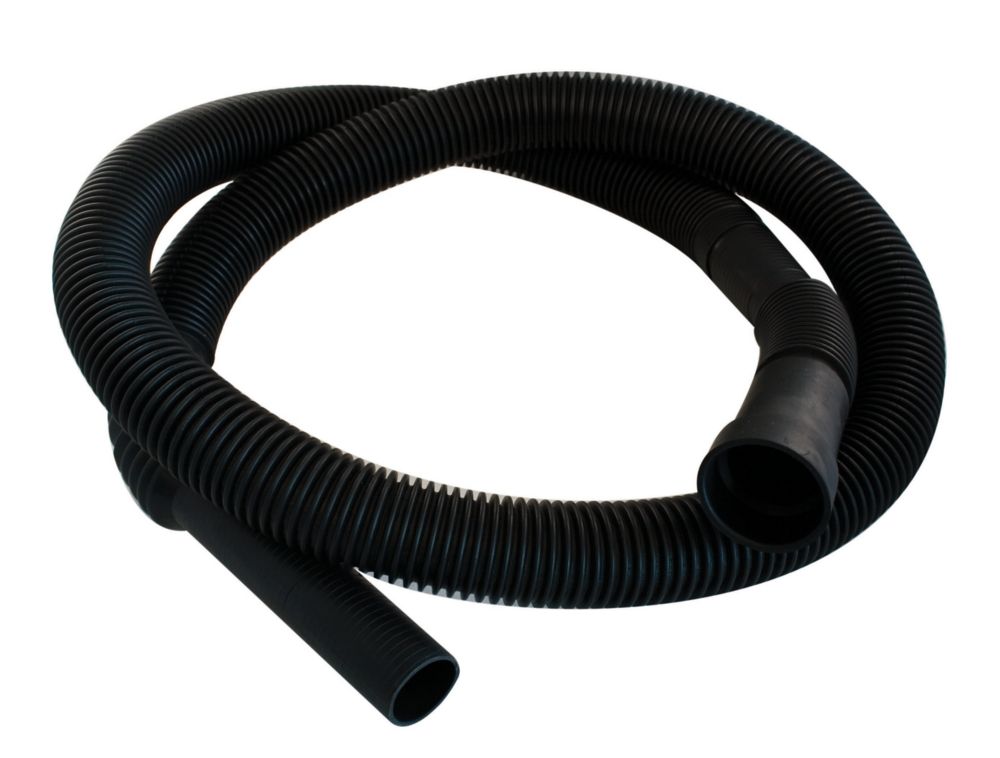
- WASHING MACHINE DRAIN HOW TO
- WASHING MACHINE DRAIN INSTALL
- WASHING MACHINE DRAIN MANUAL
- WASHING MACHINE DRAIN FULL
The washer pan is placed under your washing machine and then connected to a drain pipe that funnels away excess water. How does a washing machine drain pan work? The pan also protects your floor from condensation. Simply adding a washer pan will gather any water that overflows, protect against complete hose failure, and catch drips from the hoses.
WASHING MACHINE DRAIN INSTALL
You can install a washing machine without a pan, but you run the risk of water damage. If the leak isn’t detected immediately, the water damage could be very expensive to repair. If a hose comes loose or ruptures, it can leak gallons of water per hour. Why do you need a washing machine pan?Ī busted washing machine hose poses one of the greatest threats when it comes to potential flooding in the home. It’s typically made of a high-density plastic or metal to withstand water and debris. What exactly is a washing machine pan?Ī washing machine pan is a rectangular-shaped pan that’s slightly larger than the base of your washer. This drip pan slides under your washing machine and protects the floor and surrounding area against washing machine overflow, leaks, accidental spillage, and drips.

If you are simply lifting the washing machine and sliding the pan underneath, you can disregard these steps (as long as the connections have enough slack to allow for this).* *Note: These previous steps assume that you will need to move the washer out of its original position to install the pan. Fasten the transit bolts if you plan on significantly tilting the washing machine at all.Tape the loose cords to the back of the washing machine to keep them out of the way.Drain the hose to keep your floor surface dry and safe during installation.Shut off the breaker and unplug the washer from the outlet.Empty the contents from the washing machine.
WASHING MACHINE DRAIN MANUAL
Refer to your owner's manual regarding the handling of your washing machine unit.Not only can this disrupt the drum alignment, but it can also mess up the washer's transmission. It's generally advised to never lay a washing machine on its side.Make sure not to rest the washer on the walls of the pan.

WASHING MACHINE DRAIN FULL
Our pans are built strong, but the walls can bend from the full weight of a washing machine.Protect your hardware and your home by using furniture blankets where applicable.

WASHING MACHINE DRAIN HOW TO
First, we'll go over some important things to take note of and how to set up for the installation. We've made this resource to cover a few options - from removing your washer to installing the new pan. Without help, installing washer drain pans can be a daunting task. Now that you have a drip or drain pan, it's time to get it underneath your washing machine.


 0 kommentar(er)
0 kommentar(er)
